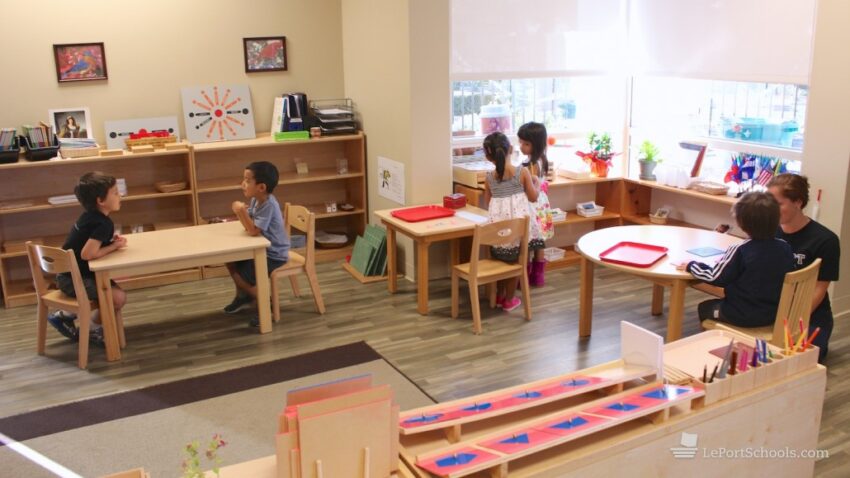Measurement – International Montessori’s Revolutionary Approach to Teaching Measurement
Maria Montessori, an Italian physician and educator, revolutionized early childhood education with her innovative teaching methods. Among her many groundbreaking ideas was a fresh approach to teaching measurement. Montessori believed that children should learn through hands-on experiences and discovery rather than relying solely on rulers and scales. In this article, we will explore Montessori’s revolutionary approach to teaching measurement and its benefits for young learners.
The Role of Sensorial Materials
Montessori classrooms are equipped with a wide range of sensorial materials that allow children to explore the world around them. These materials provide concrete experiences and help develop a child’s understanding of concepts such as size, weight, length, and volume. Unlike traditional classrooms, where students are often confined to textbooks and worksheets, Montessori learners engage in hands-on activities that allow them to manipulate and experiment with the materials.
Exploring the Concept of Measurement
Instead of introducing measurement through abstract concepts, Montessori educators provide children with opportunities to explore measurement in their immediate environment. For example, children might use Montessori’s pink tower to arrange a set of cubes in order of size, helping them understand the concept of length. Similarly, the brown stairs material can be used to explore dimensions and width.
Estimation and Comparison
Montessori teaching also focuses on developing estimation and comparison skills, which are essential for measurement. Children are encouraged to estimate the length or weight of an object before measuring it precisely. This process helps them develop a strong sense of measurement and allows them to make more accurate estimations in the future.
Sensorial Extensions
Montessori classrooms often include sensorial extensions that help children apply their measurement skills to real-world contexts. For example, children may engage in practical activities such as pouring water into various containers to understand the concept of volume. They might also measure ingredients while cooking or participate in gardening activities that require measuring tools.
Redefining Success
In traditional educational settings, success in measurement often revolves around right or wrong answers and achieving specific numerical values. Montessori, however, believes that children should be encouraged to explore and discover at their own pace. In her approach, success is measured by a child’s understanding of the concept and their ability to apply it in practical situations. This emphasis on understanding over memorization fosters a deeper understanding of measurement and prepares children for real-life scenarios.
Benefits of Montessori’s Approach
Montessori’s revolutionary approach to teaching measurement offers several benefits for young learners. Firstly, hands-on exploration allows children to develop a strong foundation in measurement concepts and enhances their overall understanding of mathematical concepts. Secondly, the emphasis on estimation and comparison skills promotes critical thinking and problem-solving abilities. Finally, by focusing on understanding rather than grades, Montessori encourages a love for learning and fosters a positive attitude towards mathematics.
Maria Montessori’s revolutionary approach to teaching measurement moves beyond traditional methods and embraces a hands-on, discovery-based approach. Through sensorial experiences and practical applications, Montessori classrooms provide children with a solid foundation in measurement. By emphasizing understanding and exploration, Montessori encourages a lifelong love for learning and helps children develop crucial skills that extend beyond rulers and scales.
Nidhin
For More Details Call: +917510220582

